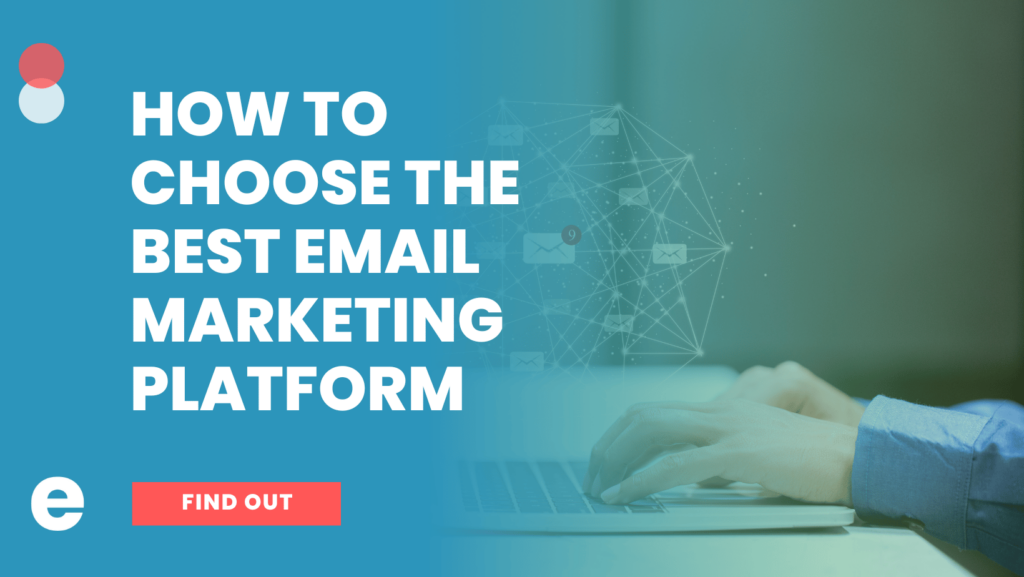With the surge of digital transformation and ecommerce in the past couple of years almost every company that manufactures or distributes products is having to launch or evolve their ecommerce program. While the strategy behind ecommerce is never simple, when you are having to consider selling things like sensors, drill bits, x-ray machines, construction equipment, etc online, there is definitely a question of… will people buy these from a website versus speaking with someone from sales or customer service? The answer is, yes they will and they are actually expecting to… assuming you have the ecommerce experience set up that enables them to do so easily.
When it comes to selling information online or info products, businesses should focus on showcasing the value and benefits of their offerings. Providing valuable content and insights can establish credibility and position the product as a solution to customers’ needs. Utilizing digital marketing tools, such as email campaigns and social media advertising, can expand the reach and attract potential buyers.
Best Practices for a great ecommerce experience
Understand your different audiences
When you are selling a technical product online, it’s important to consider the different audiences that will be consuming the information. Very often there is a higher-level person that just needs to know if the product checks certain boxes. They do not want to have to wade through a ton of technical information to find what they are looking for. It’s important to gear the page – or at least the top part of the page towards this person, so they can find what they need quickly.
Then you often have a more technical person, who is needing deeper information. This could be data sheets, user manuals, safety information, etc. They may also want product comparisons or know how the product fits with other related pieces. It is very important that this information is also easy to find for the more technical users too. There are ways to construct the page so that this information is readily available for your more technical users, without overwhelming those who don’t need the additional information.
As a bonus the extra content is always helpful for SEO when it’s optimized and written in a helpful manner.
Make clear your value proposition
One of the exciting things about ecommerce is that it can help you launch new markets that you haven’t been able to break into due to your physical locations. Conversely, once you launch ecommerce, you also open up new competitors that you might have not considered to be your competitor in the past. It is very important that when someone searches and lands on one of your product pages, that you clearly communicate why they should buy from you, versus the other ecommerce stores selling the same product. This is one of the biggest soul searching activities that B2B companies have to go through when focusing on their digital presence. You can’t simply fall back on the… “people buy from us because of our sales team or our service”… you have to be able to clearly craft a value proposition that is unique to you, something that answers a pain point and something that can transcend through what you do.
Set realistic and proper objectives
It’s important to understand the online purchase workflow in order to set proper goals and objectives for your ecommerce, as well as the marketing that supports the process. In some instances, customers will expect account level pricing, or maybe they prefer to be set-up on invoice system. In these cases, the customer will need to register an account and be in contact with a person within your company before they order online. In these cases, the first objective you will have is to focus on encouraging account creations on your website. Then, you should have things in place that support the new accounts to begin making their purchases online. Be sure to have metrics that allow you to watch the process from account creation to online purchase so you can understand where there could be friction and continue to make the process easier for the customer.
In the case that you have same pricing online as with an account or you have products with lower price points, those would be opportunities to have goals of direct purchase from your website without going through the account creation first. It is good to know which products these are, maybe even consider marking them down as loss leaders to get accounts in and it will be really important that you follow the tips on this page so that your competitive product is positioned in the best possible chance for new customer sale.
Inventory availability is key
Everyone is super aware of the supply chain issues that are impacting every business. With that awareness, being able to be transparent about what is in stock, versus what might be on backorder, or even better – if you know when you expect the product to come in the future, is very important with ecommerce right now. Having a filter on your website that shows in stock products, having inventory availability on your product pages to set expectations are both very important features. If the product shows as in stock, that definitely increases your chance for the online sale. Or if you show when it’s expected to be available, assuming that aligns with the customer’s timing, that can also help the online transaction. But being as upfront as you can about availability, regardless of when it’s expected, goes a really long way in the overall customer experience and preventing frustrated customers in the future.
As a side note, you might be thinking that this isn’t even an option for you due to your old inventory/erp system that cannot integrate with your website. Just know that there are solutions that you can put in place for this that can bridge inventory options while you consider a longer term (albeit very expensive) plan to upgrade your backend systems in the future that can support the future growth of your business. Sometimes you have to put a short-term solution in place to prove out what you really need for the long term so you can justify the business case or test features and gather data to inform your larger decision for the future.
Offer easy delivery options
In addition to inventory, clearly noting your delivery options is also very important. This is a good opportunity for you to show your customer experience and the convenience you offer your customers with easy delivery. If you have distribution or retail locations, utilizing those for on-site pickup when a customer might want something quickly. Understandably with large and heavy products delivery can be challenging, but it’s good to do a comparison with what your online competitors are offering and brainstorming how you can meet the delivery needs of your customers in a competitive or even leading way.
Offer a variety of payment options
Offering a variety of payment options for your customers will also encourage purchases. In some situations, credit cards are not available for the people needing to make a purchase within a company, so setting up a pay by invoice work flow with your ecommerce system is a good idea to encourage more purchases from more people within an organization. Of course, offering credit card payments is a requirement as well.
Understand the difference in transactional products versus complex products
Within most companies, there’s a varying level of complexity of products that you sell. There are typically some more straight-forward, transactional products, and then there’s products that are more complicated or you have to order more custom. It is likely that the more straight-forward the product is, the more likely someone is to feel comfortable purchasing online without having to talk to support. The more complex products can also be sold online, however they are more likely to have someone reach out via chat or call, just to ensure they are ordering the product correctly when they are ordering for the first time. Offering easy customer support is very important as you look to bring new customers online.
As you work with your customers and transition them into a shop online model, they will likely become more and more comfortable with you and your ordering system over time and shift their orders overtime to 80-100% online – for the items available to do so. You will also start to see a shift in the value and service that your customer service/sales team is able to provide when they are not having to spend their time fulfilling the easy, straight forward orders and have more time available to spend with customers on the more complex orders. They can really shift how they use their time to a more consultative experience – because there’s time available for them to do that.
Also, as you build out your customer portal over time, you will be able to personalize the experience for your customer. Once you know what they purchase, you will know what they likely also need – based on related products. This is a great way to build customer lifetime value.
Moving forward
When it comes to the right way to sell a technical product online, there are so many factors to consider – these are just a few best practices to consider. The biggest point is, just move forward, but also plan to constantly iterate. Think MVP, start and launch a first iteration that at least offers your customers a better experience than what they have without it. Focus on migrating your customer base online, gain real feedback and iterate. Use this opportunity to not only grow your existing customer lifetime value, but bring in net new customers and even new markets. This is a very exciting time in business, but it’s also a time that must be acted on in order to survive the future.
As always, please let us know if we can be of any assistance with helping you develop your strategy and marketing for the best way to sell your technical products online.
#onward


